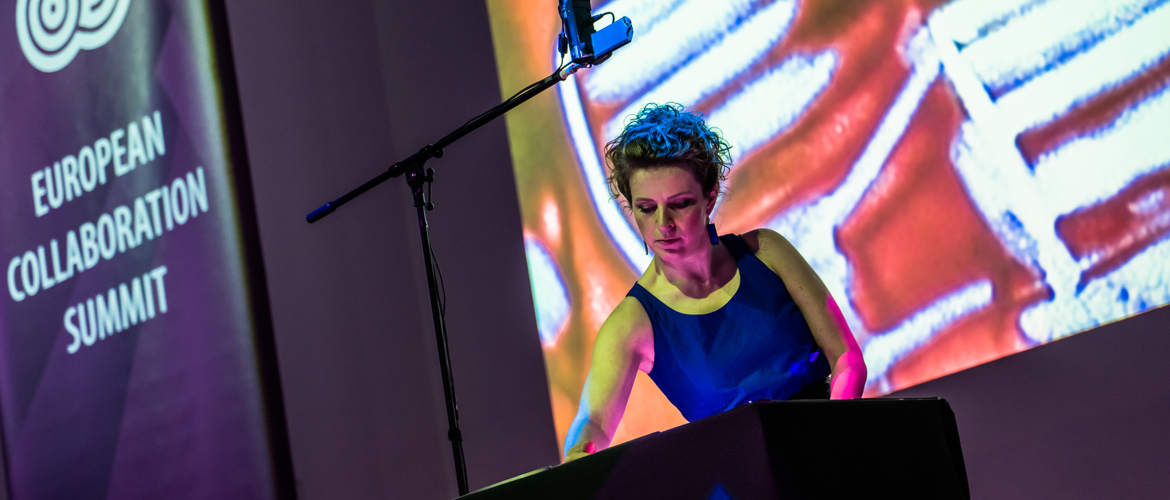4 steps to build a conference content team
February 20, 2023 • 3 min read • By Nicholas Royal, Customer Success


4 steps to build a conference content team
Let’s face it - content is one of the most important parts of any conference. Good content is the main attraction for attendees and sponsors, but it also shapes first impressions and, later on, the brand.
Building a conference content team is challenging for conference organizers, and even when you have a team, the work isn’t over. At some point, most conference organizers need to change their content team, no matter how successful it is. Whether you are looking for another approach or just to refresh the overall conference vibe, at some point, you will be back to the drawing board. When that happens follow these 4 steps.
The advisory board runs the conference content team
The content team, also known as the advisory board, should drive conference content. The advisory board usually consists of industry experts who advise event organizers on topics at different stages and, later on, collect the applications.
Event organizers can decide who will be on the advisory board based on its purpose and the types of expertise they want to bring in. The content advisory board is responsible for evaluating all submitted abstracts objectively and will select high-quality sessions and content.
By now, you are probably asking yourself why the content advisory board is the primary step between four other steps. First and foremost, they help organizers to build conference content and improve its impact on stakeholders (i.e., attendees, sponsors/exhibitors, service vendors, and speakers). However, the board can also recommend new procedures to increase organizational efficiency. The content advisory board must be flexible and easily adapt or reshape to event organizers’ needs.
Get to know your target audience
Building a content advisory board takes time, and organizers need to know what their audience expects to decide which topics to address, especially for market positioning purposes.
In most cases, conference organizers should follow these four steps when forming a conference content team:
1. Mission identification
As a first step, you need to define your conference mission and draft a mission statement. This helps explain specific reasons to build your conference content team according to conference values and goals. A mission statement becomes extremely useful to share with different board members.
2. Networking
As a conference organizer, you can contact your network to help you suggest members for an advisory board. Either way, you can contact professionals in specific business areas to ask for recommendations or experts within your network to join your board.
3. Hiring advisors with different backgrounds
You should choose team members with different areas of expertise, as an advisory board exists to help your organization with different decisions and operations. Variation helps to ensure all aspects of business topics related to a particular industry are covered. Specialties like finance, marketing, and technology can provide greater insights into specific elements of the topics you want to define.
4. Smaller boards
A smaller advisory board consisting of members who are experts in their fields to work together more effectively when objectively evaluating submitted abstracts.
A key asset to building a conference content team
As your conference attendees probably want access to the latest research, insights, and thought leadership, understanding their content needs leads to excellent attendance rates and overall conference success. Your conference content team becomes essential as it helps propose an optimal mix of content formats such as lectures, panels, roundtables, or workshops. This is especially important when forming an efficient Call for Papers aligned with the conference’s mission statement.





